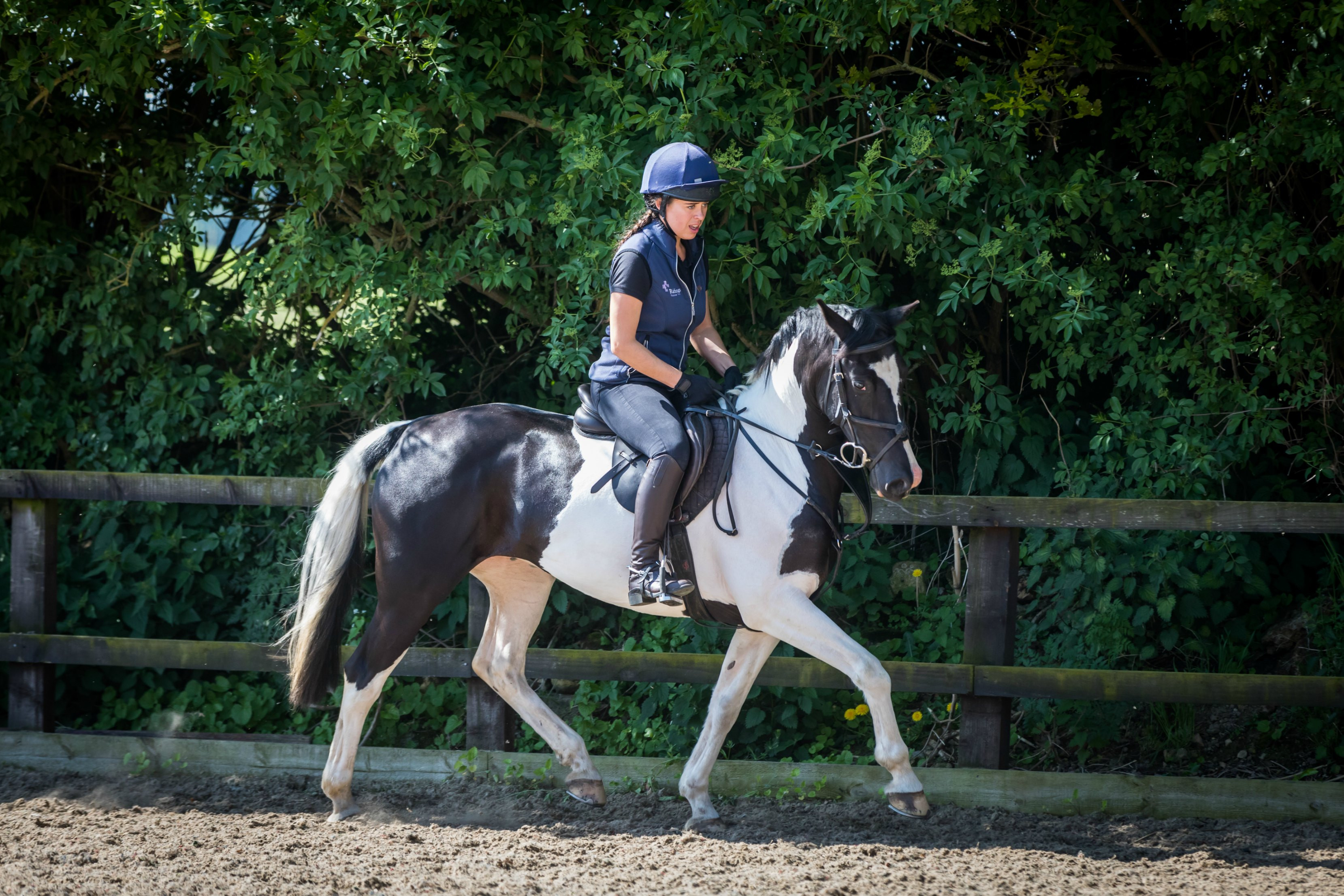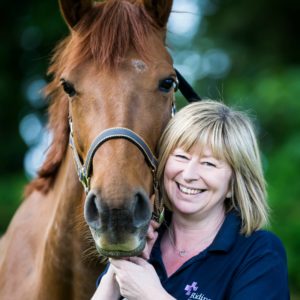What is Atypical Myopathy?
Atypical myopathy is a very serious condition which results in the destruction of the horses skeletal muscle. It most commonly occurs in horses at pasture with young horses considered to be at a higher risk. Outbreaks can occur with multiple horses affected in a certain geographic area.
What causes Atypical Myopathy?
This condition has been linked to a toxin called Hypoglycin A found in the European Sycamore tree. It is the ingestion of seeds or seedlings containing this toxin that causes Atypical Myopathy. The level of toxin is known to vary between trees and their seedlings. It has also been noted that there is a suspect variation between individual horses in terms of their susceptibility to the toxin. Horses are most likely to ingest the leaves or seeds during periods of food deprivation (bare pasture etc). A seasonal pattern has been noted with Spring and Autumn having the highest risk.
How will I know if my horse has Atypical Myopathy?
The clinical signs include:
– Quiet and depressed
– Muscle stiffness or weakness
– Dark coloured urine
– Muscle tremors
– Lying down
– Increased breathing rate
– Colic signs (often still have an appetite)
– Choke
How will the vet diagnose Atypical Myopathy?
The history and clinical signs can be very suggestive but a blood sample is taken and run urgently at the laboratory to look for changes in their muscle enzymes. The Royal Veterinary College in London now offers testing for the Hypoglycin A toxin in blood and plant samples as a survillance test.
What happens if my horse is diagnosed with Atypical Myopathy?
Unfortunately Atypical Myopathy is often fatal. Treatment is started on suspicion of the disease rather than waiting for laboratory confirmation. It needs to be aggressive supportive therapy which includes administering large volumes of fluids, anti-inflammatory and pain relief. Referral to a hospital facility is usually advisable for close monitoring and treatment.
What can I do to reduce my horses risk?
Ideally avoid grazing your horse in fields with Sycamore trees. If this is not possible fencing off a large area around the tree can help but remember the seeds will travel far in windy conditions. Regularly check your fields for seeds as they can spread from neighbouring fields, and clear any fallen leaves or seeds. Over the winter supplementing the grazing area with forage. Sending plant samples to RVC to assess the levels of toxin in individual trees can be a great way of assessing the grazing risk.
If you would like further information please don’t hesitate to contact us on 07747771182.

